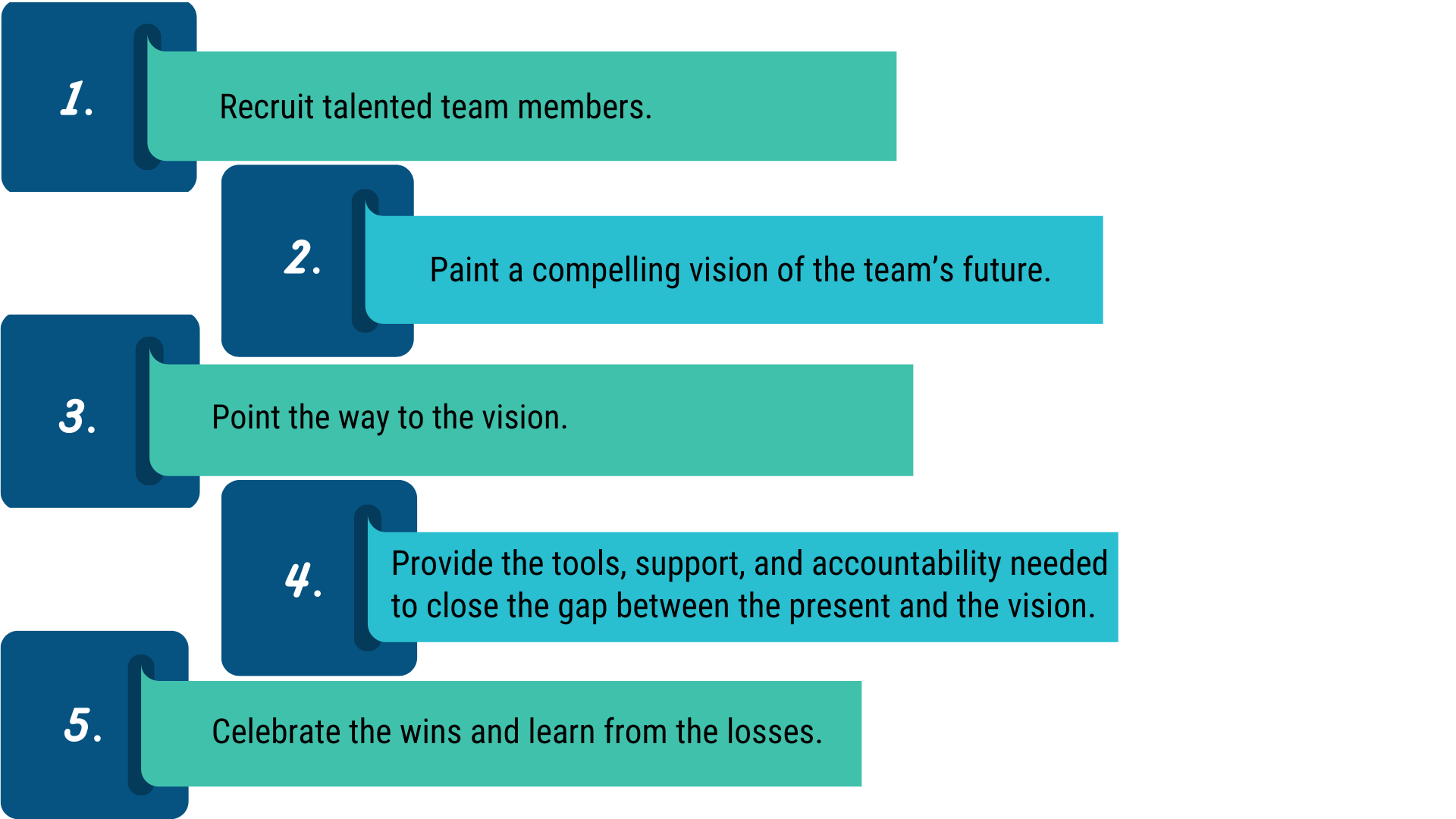In our Introduction to Leadership Lessons, our co-founder, Tom DeCotiis, PhD, lays the foundation for this series of leadership essays – each one addresses the lessons learned and are organized from the individual level to teams and groups, and from there to the most macro: leading an enterprise.
There is a strong consensus that leaders are role models and coaches. It’s true and also the source of clichés such as “walk the talk” and “be the example you want to see.” These clichés make sense in that they reflect the only two ways a leader can lead: words and actions. Less often discussed is the force behind the clichés: How you think about leadership and its responsibilities. Unsplash+ In collaboration with Getty Images
Unsplash+ In collaboration with Getty Images
As a leader, your first priority is to thoughtfully define what a leader is to you and what a leader is responsible for achieving. A definition that has worked for me for many years is: A leader is someone who earns the enthusiastic loyalty and commitment of followers and molds them into a high-performance team. My definition reflects my belief that the leader is directly responsible for preparing a team to perform. While this responsibility includes winning, preparing the team to win is closer to what a leader actually does.
You see this definition in action in athletic competition. Think about basketball teams at the highest level in the NCAA’s Division One. Player turnover is inevitable – whether it’s due to graduation or quitting, moving on to the pros, or injury. Each year new players have to be developed into high performing members of the team in order to remain competitive. No excuses accepted. How do the winning coaches do it? The simple answer is that they understand the five responsibilities of a leader:

I see these responsibilities as a leader checklist and source of self-accountability. Ask yourself if these are the things you are currently focused on.
On the other side of the coin is the need to earn the loyalty of your team members. A way to move toward that objective is to provide good answers to their questions:
1. Where we are going?
2. What will it be like when we get there?
3. How will we get there?
4. Can you get us there?
5. What’s in it for me?
Notice how these questions dovetail with your five leadership responsibilities. Talented people want to be part of a winning team. Period. What are you doing to ensure that you have good answers to each of your five questions?
Winning starts by hiring the best people, but it builds when you add the weight of measurable goals. In effect, you are saying: “I have confidence in you and this is what we are going to accomplish together.” The second question (“What will it be like when we get there?”) addresses the need for meaning and purpose. People will work for their own selfish reasons, but will excel if it means working toward something they value and want to be a part of. This was certainly the case in the old days with Outback Steakhouse. The company was growing like crazy, but just as important, it was loved by its customers and communities for the selfless work each restaurant did as an “active presence and support” (part of Outback’s Principles & Beliefs). Surveys conducted at the time showed that employees were proud of the contribution made by the company to the community and of being part of that contribution. Pride and the feeling of making a meaningful difference are often underappreciated by leaders.

Photo by Joel Muniz on Unsplash
Too many leaders are mushy when it comes to answering the third question – how to achieve our goals. This shortcoming shows up in employee surveys when employees complain about the lack of clear direction as well as the quality of their co-workers. Continuing with the Outback example, a big part of the answer to the third question was captured by one word: ownership. Outback offered its managers a stake in the game; that is, actual participation in the ownership of their restaurant. This offer was inclusive (dishwashers, bussers, servers, and cooks routinely earned their way to being a Proprietor) and predicated on hard work as the steppingstone to earning the honor of leading a restaurant. Over the years, three things were emphasized as the means to success: quality, hard work, and results. It was summarized as “taking care of people.” A very strong answer to the question of “What’s in it for me?”
Answering the fourth question (“Can you get us there?”) goes beyond leader integrity to leader credibility. There is something to the old cliché – “people quit people.” This is even truer when team members are at the high end of competence. Why would a winner waste his or her time working for a leader who cannot win or one who violates the admonition to not send eagles to turkey school? High performance teams are defined by high levels of accountability. An inspiring vision linked to clear direction and high accountability are keys to demonstrating your credibility as a leader. To lead is an honor; to be great at it is what you should aspire to be. Living the responsibilities and answering the questions will put you on the path to being the leader you want to be.
In the coming weeks, we will be sharing more leadership lessons. If you haven’t already done so, check out another lesson.




